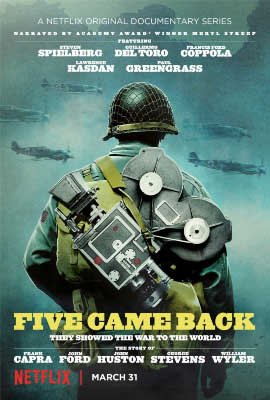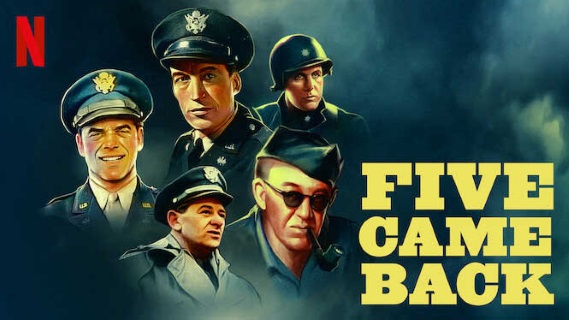
Director: Various
Year: 2017
Rating: 8.0
Year: 2017
Rating: 8.0
